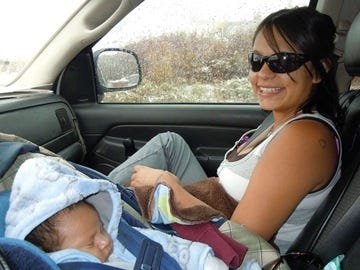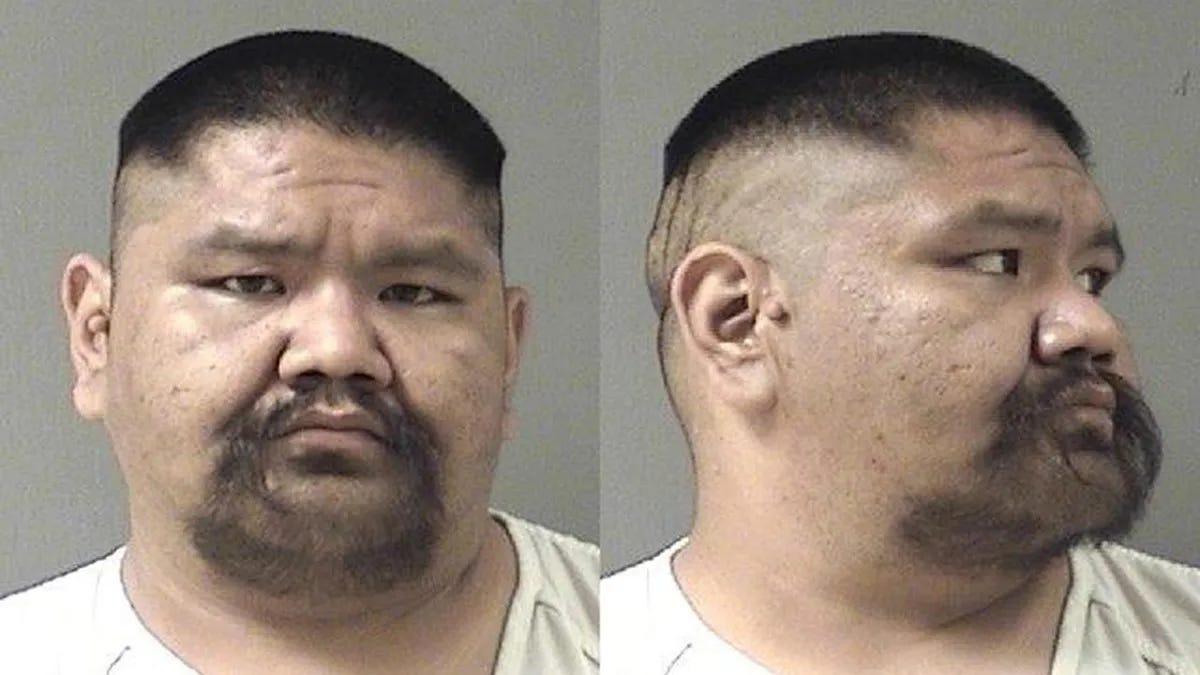The Tragic Case of Hanna Harris: A Story of Injustice and Neglect
Hanna Harris case is an example of mishandled missing and murdered indigenous women cases
Want to be a Citizen Detective? Get our PDF on investigating cold cases at home!
The Tragic Case of Hanna Harris: A Story of Injustice and Neglect ✨
Hanna Harris, a young Indigenous woman from the Northern Cheyenne Tribe in Montana, disappeared on July 4, 2013. Days later, her remains were found on the outskirts of Lame Deer, Montana. Yet, despite the horror of her death, her case remains a glaring example of the systemic neglect and mishandling that Indigenous homicide cases often face.
📍 A Life Cut Short
Hanna was a 21-year-old mother, full of life, love, and aspirations. She was known for her warm personality and deep connection to her family and community. She had plans, dreams, and a future. However, that future was stolen from her in the most brutal way.
On July 4, 2013, Hanna left to celebrate Independence Day. She never returned.
Her family, sensing something was wrong, immediately reported her missing. But their concerns were brushed aside. Authorities dismissed her disappearance as an instance of "partying gone wrong," a common and deeply frustrating response faced by many Indigenous families seeking justice.
🔍 The Investigation That Wasn't
Hanna’s family took it upon themselves to search for her when law enforcement showed little urgency. Days passed before authorities even began investigating seriously. By then, crucial evidence had already deteriorated, and leads had gone cold.
On July 8, 2013, the remains of Hanna Harris were found, decomposed, making it difficult to determine the exact cause of death. The forensic delays and lack of a thorough initial investigation resulted in a case riddled with uncertainties.
The handling of Hanna’s case reflects a troubling pattern in missing and murdered Indigenous women (MMIW) cases. According to the Urban Indian Health Institute, Indigenous women are murdered at a rate ten times higher than the national average, yet their cases are often met with apathy or outright negligence.
💀 The Difficult Nature of Indigenous Homicides
There are systemic barriers that make solving Indigenous homicide cases more difficult than others:
1. Jurisdictional Confusion: Crimes on tribal land often involve a complicated mix of tribal, federal, and state authorities, leading to delays and miscommunications.
2. Lack of Resources: Tribal police forces are often underfunded and understaffed, unable to handle major criminal investigations effectively.
3. Racial Bias: Many Indigenous women’s disappearances are initially dismissed as cases of alcohol abuse, running away, or voluntary absence.
4. Data Gaps: Many cases of missing and murdered Indigenous people are not properly recorded in national databases, making it difficult to track trends and hold authorities accountable.
These barriers allowed Hanna's case to go cold before it even started.
🐞 How the Police Could Have Done Better
The mishandling of Hanna’s case follows a familiar and heartbreaking trend in the treatment of MMIW cases. Here’s how law enforcement could have investigated this case more effectively:
- Immediate Action: A rapid response is crucial in missing persons cases. Had authorities treated her disappearance seriously from day one, they might have preserved key evidence.
- Community Engagement: Instead of dismissing the family's concerns, law enforcement should have worked closely with them to gather leads early on.
- Better Forensics: The decomposition of Hanna’s remains made it difficult to determine her cause of death. Faster processing of forensic evidence could have helped piece together what happened.
- Collaboration with Tribal Authorities: Federal, state, and tribal law enforcement agencies must work together seamlessly instead of getting bogged down in jurisdictional disputes.
Had these steps been taken, Hanna’s case might have been solved by now.
🕵️♂️ The Truth Behind Hanna’s Killer
Despite the initial mishandling, justice eventually came in the form of a conviction. James “JT” Dee Walker Jr. and Tiffany Ann Little were arrested in connection with Hanna’s death.
Walker, who was reportedly drinking and using drugs with Hanna on the night she disappeared, brutally assaulted and murdered her before dumping her body in a remote area. Little was later convicted of being an accessory after the fact, as she helped cover up the crime and misled investigators.
Walker pleaded guilty to second-degree murder in 2014 and was sentenced to life in prison, while Little received a lesser sentence for her role in the crime.
While the convictions provided some closure for Hanna’s family, the delays in the investigation and law enforcement’s initial indifference highlight the broader systemic failures that Indigenous communities face when seeking justice for their loved ones.
🙏 The Fight for Justice Continues
Hanna’s case is part of a larger movement demanding justice for Missing and Murdered Indigenous Women. Her family continues to fight, not just for her, but for the countless others who have been taken too soon.
Hanna’s story led to Hanna’s Act, a law in Montana aimed at improving the response to missing Indigenous people. The act provides funding for a specialist to assist with missing persons cases, a step forward in addressing the crisis.
🌟 Remembering Hanna
Hanna Harris deserved more than what she got from the justice system. Her story is a painful reminder of the work that still needs to be done. By raising awareness and demanding systemic change, we can help ensure that no more families have to endure the heartbreak of losing a loved one to violence and neglect.
Her name, her spirit, and her story live on.
If you liked this article, you’ll love Inside The Mind of a Serial Killer.




